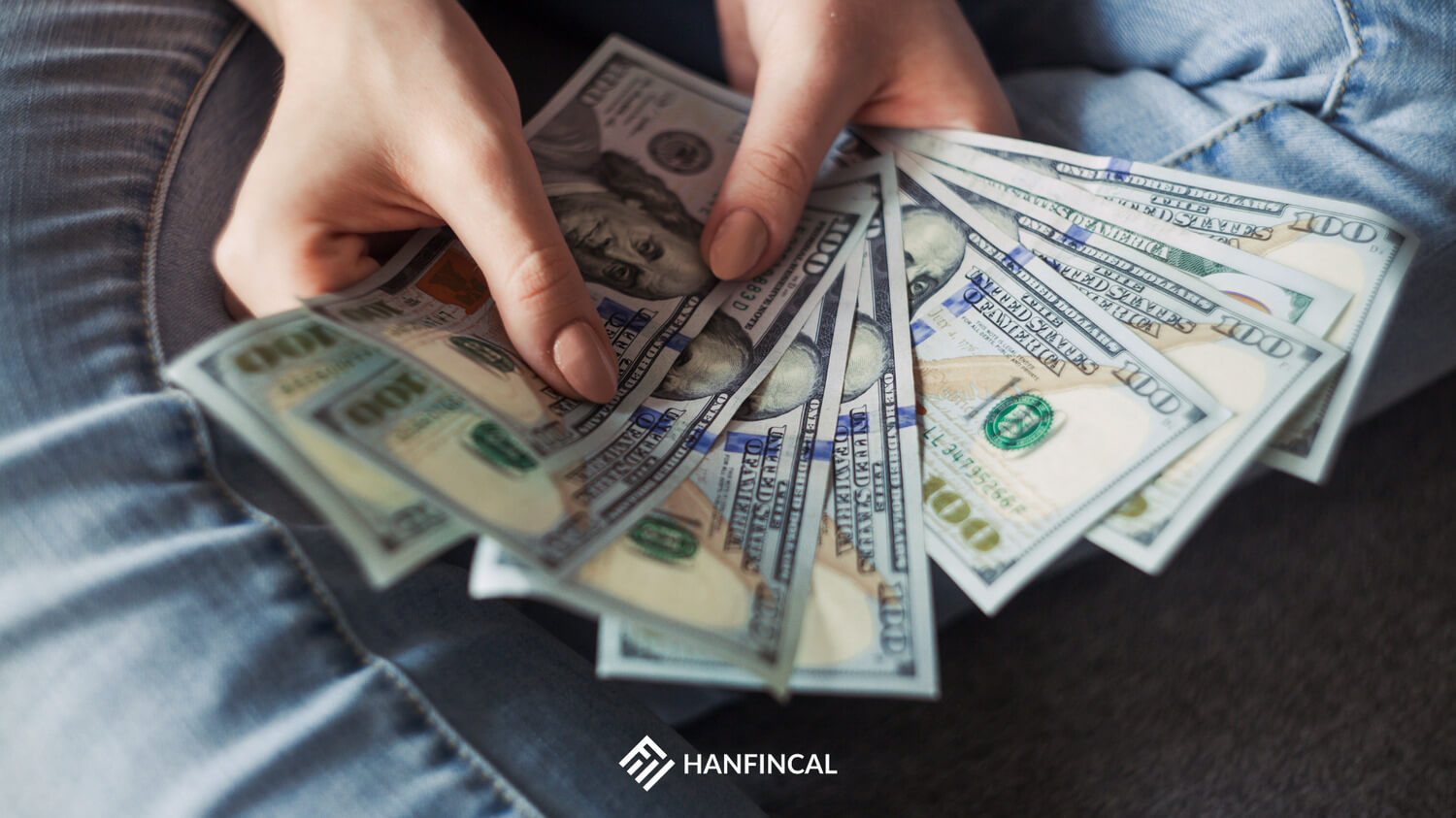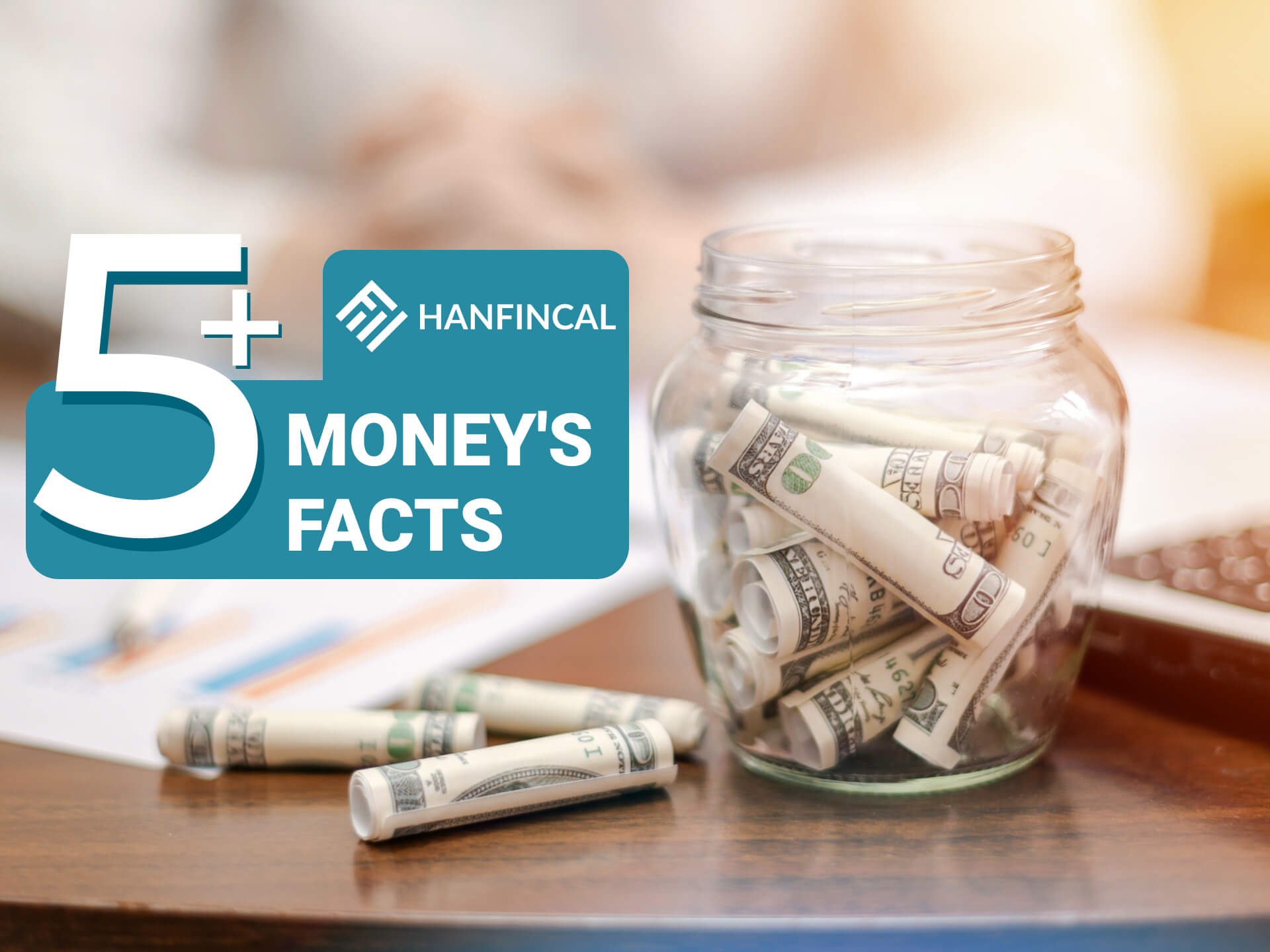Have you ever found some fun facts about money? You spend it every day, but not too many people know some facts behind it. Nowadays, if you want something, you must have enough money to exchange it. Everyone agrees that money has many uses, making everything go more smoothly. Furthermore, it has emerged as a significant theme in literature. The Power of Money is Robert Pringle’s most well-known book. Money, he claimed, shaped the modern world. Do you agree with that statement? On the flip side, money has incredible historical facts, some of which are fascinating and few people know. Are you interested in them? Let’s see some fun facts from Hanfincal you have never known before.
1. The power of money
Money is a vibrant, dynamic material substance and a social force that pervades industrial societies as a whole. Its power is undeniable today, and it can transform the economy, improve people’s lives, and accomplish many incredible feats.
High earners see money as a way to enjoy and improve themselves and their loved ones. Low-income people, on the other hand, are frequently motivated by monetary considerations. They must always earn a living, be dictated by money, and go to any length to obtain it.

What’s The Power Of Money?
2. How do low-income people overcome the shortage of money?
- Make a detailed and thorough spending list, spending money as planned and not purchasing unnecessary items.
- Save money and buy necessities for your and your family’s survival and development.
- Work multiple jobs and use your free time to earn more money.
- Make money online, create passive income and earn money even while sleeping
- Sign up for government assistance programs for low-income households.

Shortage Of Money – Overcome So Easy Here!
3. How to access subsidized programs for low-income households?
3.1. Contact to local government to update information
Contacting local governments is the traditional method for obtaining information about government-subsidized programs. You may encounter difficulties in two areas:
- The correct information: It is up to the person you meet when you make contact. If you contact the wrong person, you will waste your time because they are not responsible for the program you want information from. Furthermore, not everyone there is well-versed in all of the programs and can provide you with information.
- Time Restriction: Every state’s administration process is distinct from the others. In many cases, you do not have enough time to wait, but that slow process will irritate you.
3.2. Find a reputable information service center
If you are a low-income person, you should update the newest information about government-sponsored programs at all times. Because they have time constraints, you should use them and get your benefits as soon as possible.
The online service center will assist you in gathering the most up-to-date information right in your state. As a result, it is incredibly convenient and can save your time.
Do you know what the most reputable online financial institution is? If you haven’t already, we highly recommend HelpfulFund.org. Let’s follow the straightforward step-by-step instructions; information heaven is waiting for you there.
Furthermore, the most crucial aspect of this website is that it provides FREE information; all you have to do is click, type your email address and zip code, and you’re done.
If this information fits you, click to get FREE service:

Find Reputable Service Centers
4. Fun facts about money I bet you didn’t know
4.1. Having a lot of money does not mean you’re rich
Money is an item with no real value; it is merely a parity representing the country’s tangible assets. It completely devalues due to inflation over time because it is a representation of tangible assets.
A fun example helps you quickly understand inflation: If you have $1, you can buy a loaf of bread in 2021, but in the next five years, you’ll need $1.5 ($0.5 is the value you lost due to inflation for the past 5 years).
As a result, you should not carry money with you. The best solution is to invest in the stock market; your money will grow many times over (the profit speed is higher than inflation). Furthermore, gold is a tangible asset; buying and keeping it is wise to protect your wealth.
4.2. Paper money is not paper
One of the strangest fun facts about money of U.S paper money is that it is not made of paper at all. Have you ever wondered why banknotes and regular A4 paper are different materials? Because the paper money’s structure is made up of 75% cotton and 25% linen. Is that interesting? In Ben Franklin’s day, people repaired torn bills with a needle and thread.
The $2 bill is the oddest, quirkiest note in circulation, with an equally bizarre history. They were printed in 1862, but the unusual denomination irritated many people, and it also gained a reputation for being unlucky. The $2 bill was never popular, and its use has declined over time.
Furthermore, this rare bill became associated with vices because of its widespread use in horse racing, strip clubs, gambling, and bribery. That is why the $2 bill was discontinued in 1966.
Despite this, it was reintroduced into circulation in 1976. The 1976 two-dollar bill featured the same image of Thomas Jefferson as has appeared on all two-dollar bills since 1928. Moreover, John Trumbull changed the reverse side design to depict the Declaration of Independence. The bill’s scarcity has made it a collector’s item, but unless it was printed before 1976, it’s not worth more than a couple of dollars.
4.4. Using 18 tons of ink every day to print new money
It’s no surprise that the printing presses at the United States Bureau of Engraving and Printing in Washington, D.C., run around the clock. It produces 37 million notes per day with a face value of approximately $696 million. More than that, the Bureau of Engraving and Printing uses around 18 tons of ink per day between its Fort Worth, Texas, and Washington, D.C. facilities.
4.5. The most expensive facts about money
It’s a $100,000 bill. Woodrow Wilson, the 28th President of the United States, is depicted on this bill. It is too expensive for public distribution. Therefore only the Federal Reserve Banks used to use these paper notes to transfer money among themselves.
5. Related question answer fun facts about money
What gives our money its value?
The demand for money determines its value. People measure the dollar’s value in three ways: how much it will buy in foreign currencies, the value of Treasury notes, and foreign exchange reserves.
What are 3 types of money?
Money broke down into three types: fiat money, commodity money, and fiduciary money.
- Fiat money: Fiat money has no intrinsic value and is only valuable because people trust it. Governments or organizations establish trust by declaring it legal tender, allowing all people and businesses to accept it as payment (bitcoin is an example)
- Commodity money: Commodity money functions as a store of value. People’s trust in commodity money is built on its underlying value.
- Fiduciary money: banknotes and coins in circulation in the economy. That is the amount of money that economic actors have available to conduct transactions.
What are the 7 characteristics of money?
Uniformity, portability, durability, limited supply, divisibility, and acceptability are the seven characteristics of money.
A plethora fun facts about money behind its papers: money’s uniqueness is created by its history, value, and other surrounding factors. However, many people only care about its importance and finding how to get more and more money. If you work hard every day but do not earn much money to improve your quality of life, you can find a wealth of helpful information from government and private subsidized programs. HanFincal will drive you there.




